Mastering the Working Principles of Electroplating Power Supply
Feb. 27, 2024
Welcome to our comprehensive guide on mastering the working principles of electroplating power supply. In this detailed article, we will delve into the intricacies of electroplating power supplies, providing you with a thorough understanding of how they function and their significance in various industries.
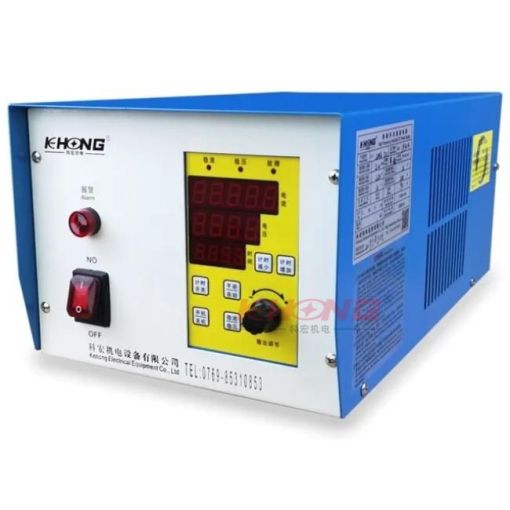
Electroplating power supply is essential component in electroplating processes, facilitating the deposition of metal coatings onto conductive surfaces. These power supplies play a pivotal role in controlling crucial parameters such as voltage, current, and waveform during the electroplating process, ensuring the desired quality and uniformity of the plated layers.
Key Components of Electroplating Power Supply
1. Rectifier
The rectifier is a fundamental component of an electroplating power supply, responsible for converting alternating current (AC) into direct current (DC). This conversion is imperative for maintaining a steady flow of current required for the electroplating process.
2. Voltage and Current Regulation Circuitry
Effective voltage and current regulation are vital for achieving precise control over the electroplating process. Sophisticated regulation circuitry within the power supply ensures stable output parameters, enabling consistent and uniform plating results.
3. Control Interface
Modern electroplating power supplies are equipped with user-friendly control interfaces, allowing operators to adjust parameters such as voltage, current, and plating duration with ease. Advanced interfaces may also feature digital displays and programmable settings for enhanced versatility and precision.
Operating Principles of Electroplating Power Supply
Constant Current Mode
In constant current mode, the power supply maintains a consistent flow of current through the electroplating bath, regardless of changes in resistance or other factors. This mode ensures uniform deposition of metal ions onto the substrate, resulting in even and well-adhered coatings.
Related links:Unleashing the Potential: The Balcony Power Plant Revolution
What Is a Limit Switch?
Why Do High-End Mice Use Low-Cost Micro Switches?
How to Choose a Micro Switch?
What Is the Function of a Micro Switch?
TFT vs OLED Display Modules: A Comprehensive Comparison
Optimizing Your Balcony Energy Storage Systems: A Comprehensive Guide
Pulse Plating
Pulse plating involves periodically interrupting the current flow during the electroplating process, resulting in improved deposit quality and efficiency. By controlling the duration and frequency of the pulses, operators can achieve desired coating characteristics such as smoothness and thickness.
Applications of Electroplating Power Supply
Electroplating power supplies find widespread application across various industries, including:
Automotive: Electroplating is utilized for corrosion protection and decorative finishes on automotive components.
Electronics: Printed circuit boards (PCBs) and electronic connectors often undergo electroplating to enhance conductivity and corrosion resistance.
Jewelry: Electroplating is employed to apply precious metal coatings onto jewelry pieces, enhancing their aesthetic appeal and durability.
Conclusion
In conclusion, mastering the working principles of electroplating power supply is essential for achieving optimal plating results in various industrial applications. By understanding the key components, operating principles, and applications of electroplating power supplies, operators can enhance the efficiency, quality, and versatility of their electroplating processes.
Related links:How does a small limit switch work?
How does a touch screen industrial monitor work?
How do medical LCD screens differ from regular LCD screens?
AC Coupled Hybrid Inverter: Unlocking the Power of Renewable Energy
USB 2.0 Camera Module: 4 Things You Need to Know
Mini Compact Substation: A Compact Solution for Electrical Distribution
Is a Heating Pad Good for Neck and Shoulder Pain?
106
0
0
None
None
Related Articles
-
235
0
0
-
192
0
0
-
213
0
0
-
194
0
0
-
175
0
0
-
181
0
0
-
176
0
0
-
165
0
0

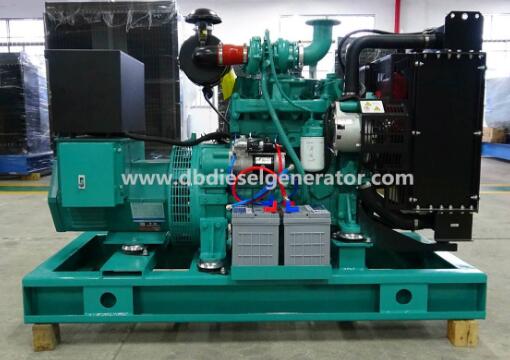
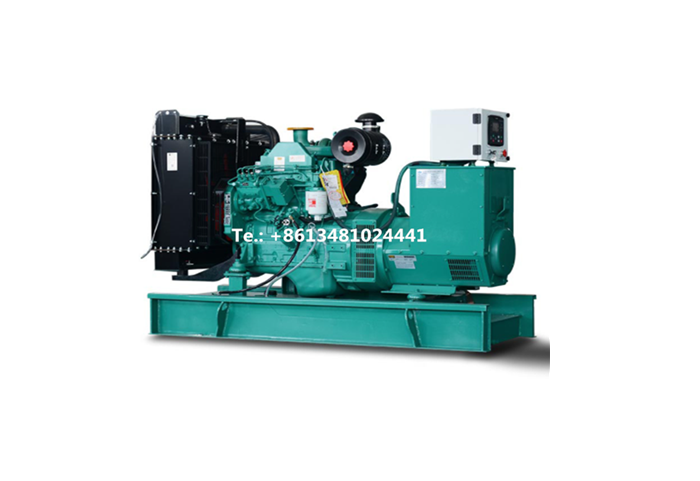
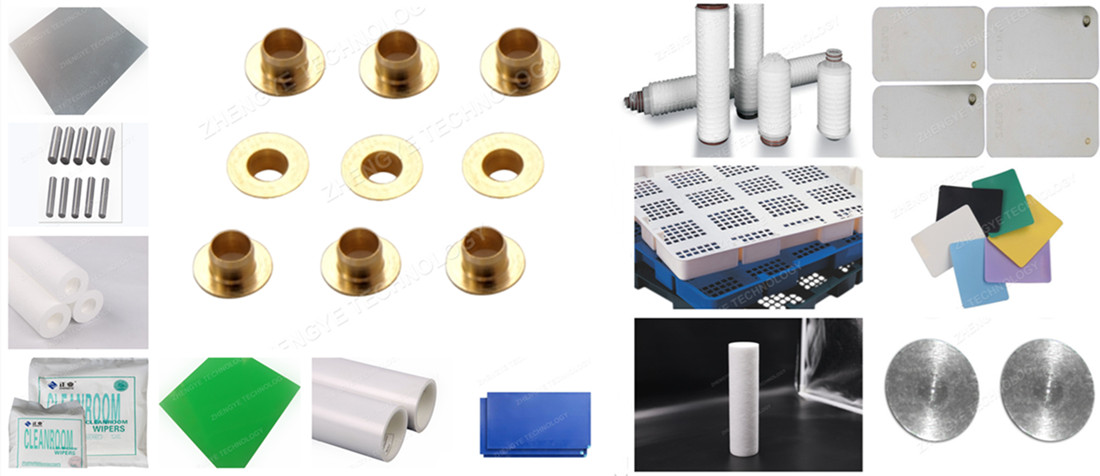
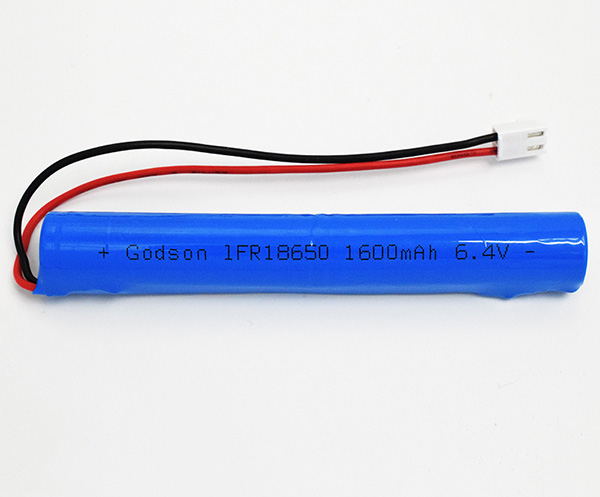
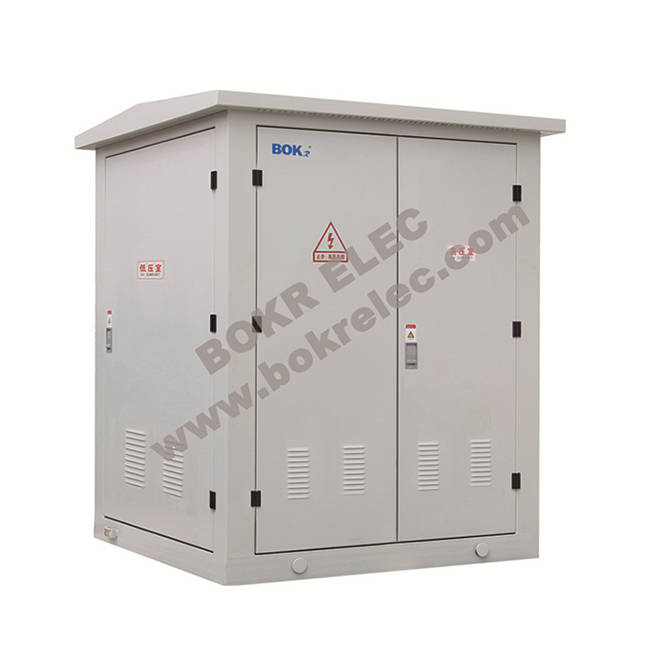
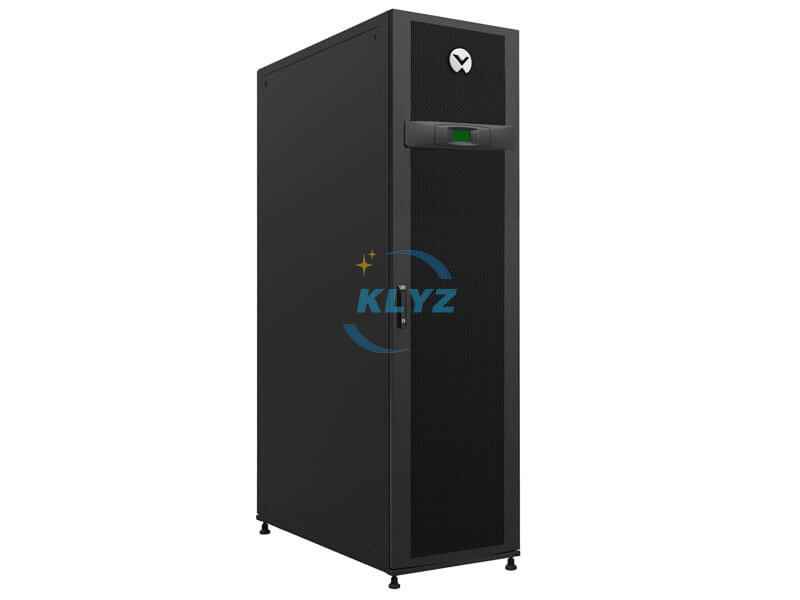
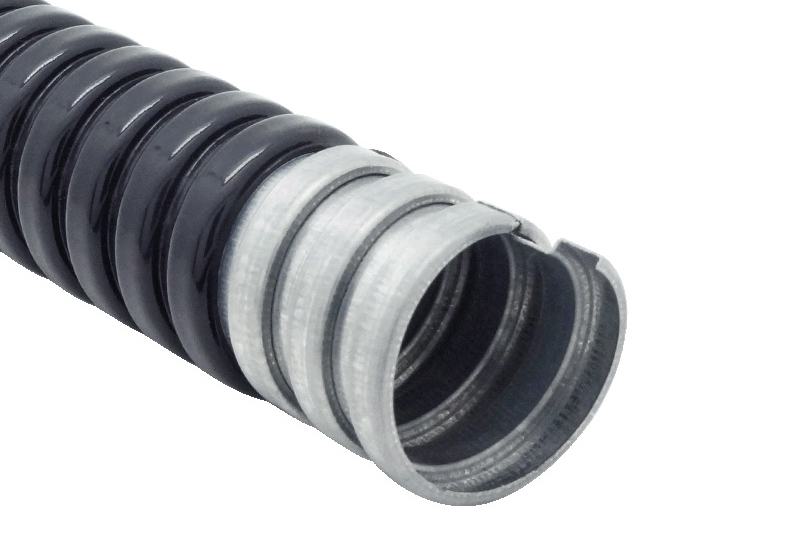
Comments
All Comments (0)